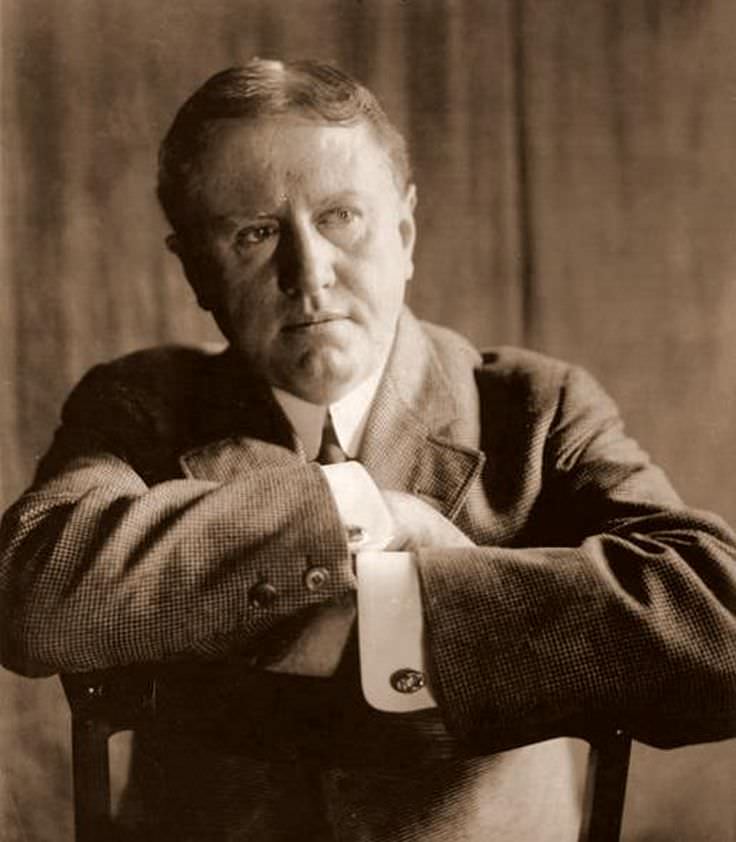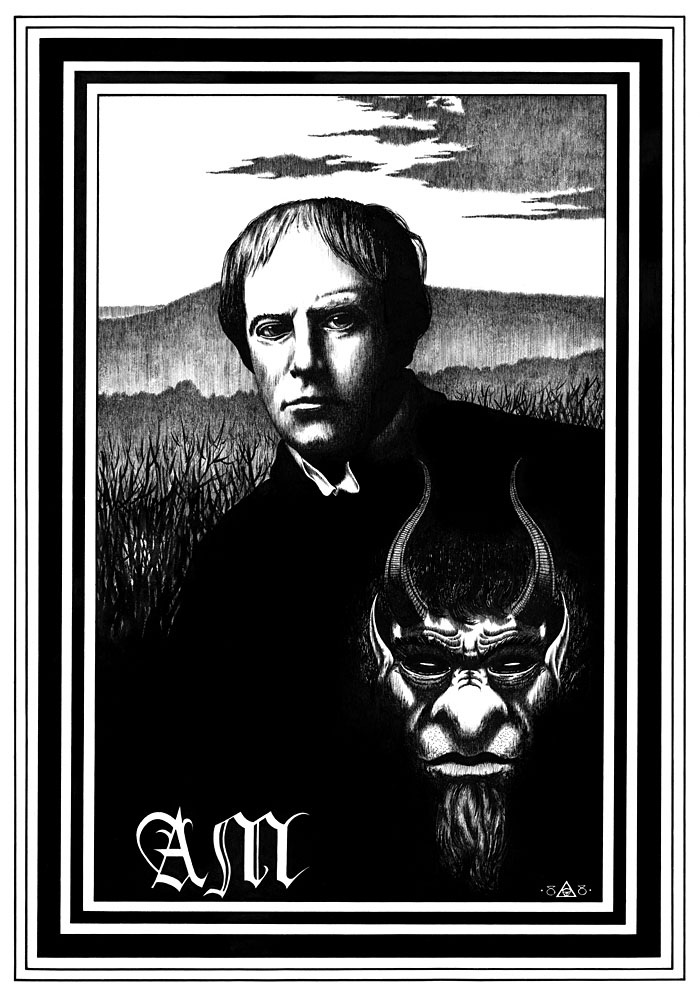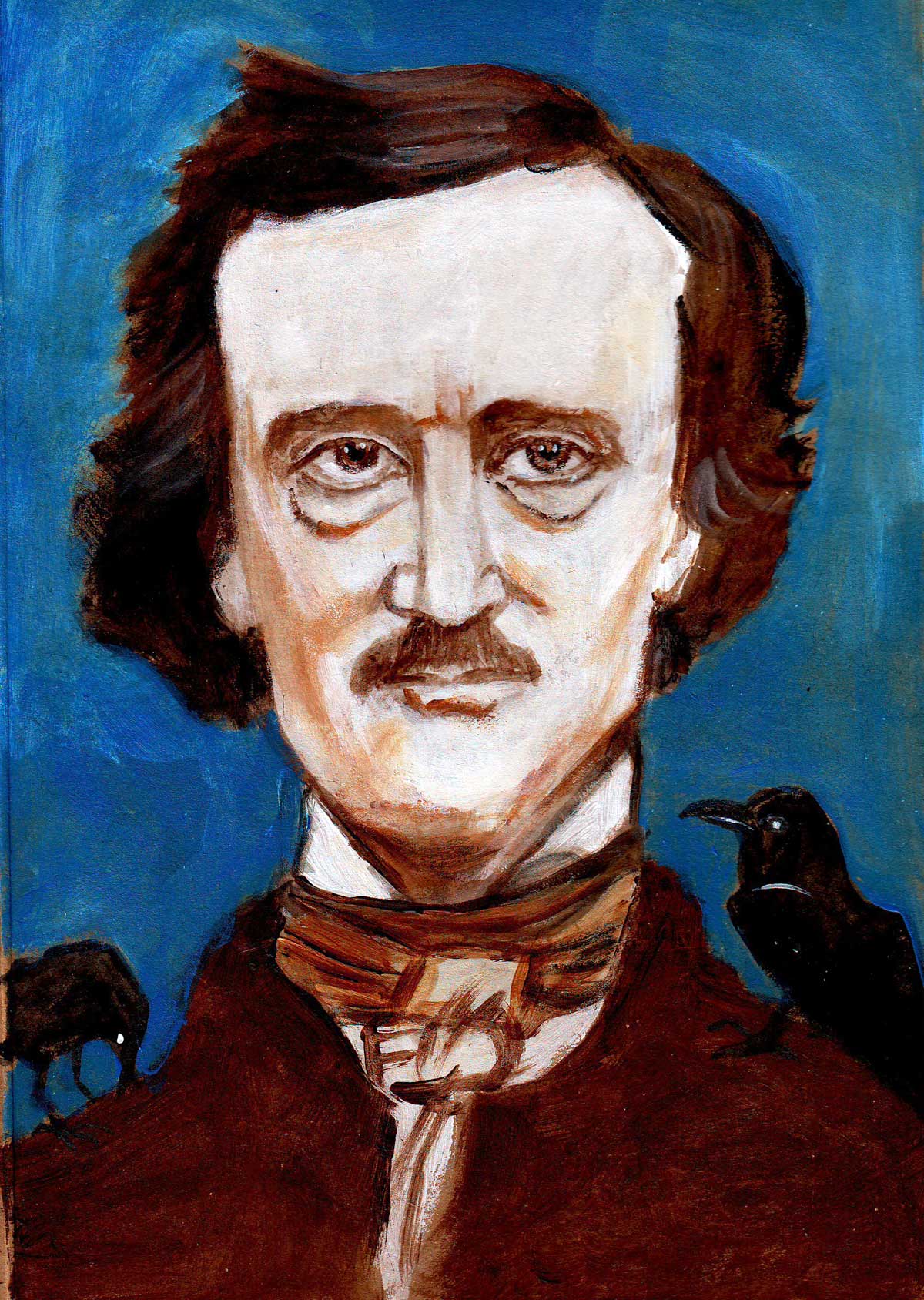Novelist, historian, and politician John Buchan spent the last five years of his long and productive life as the fifteenth Governor General of the Dominion of Canada.
He was also a colonialist, a racist, and an antisemite. His racism and antisemitism were quite casual in nature, the inevitable product of his class, his position, and his ardent worship of Anglo-Saxon cultural supremacy, garnished with just a wee dab of Celtic mysticism.
John never had a progressive idea in his life, but as a Scottish unionist and nationalist, a British imperialist, and a bred to the bone Tory, any such thought would have ruined the perfect idealized view of the world he held so dear.
His supernatural fiction shows an amazing talent for detail in description, and is the ultimate in creepy, if you know what I mean.
The Watcher at the Threshold is watching you!










